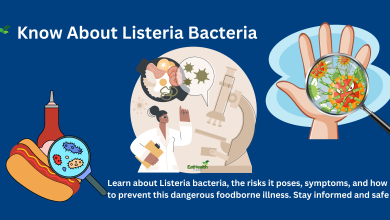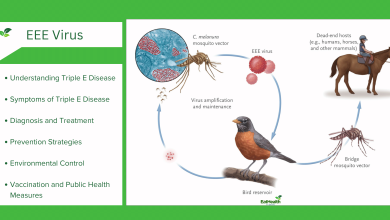Green Living Tips for a Healthier, Happier You
Thrive Sustainably: Transform Your Life with Green Living Power Tips
Green Living Tips for a Healthier, Happier You
In an age where environmental consciousness is becoming increasingly important, adopting green living practices is not only beneficial for the planet but also for our health and well-being. Green living involves making sustainable choices in various aspects of our lives, from reducing waste and conserving energy to choosing eco-friendly products and supporting local businesses. In this comprehensive guide, we will explore a range of green living tips that can help you lead a healthier, happier lifestyle while minimizing your impact on the environment.
Why Green Living Matters
Before delving into specific tips, it’s essential to understand why green living is important. By adopting eco-friendly practices, we can:
- Reduce Environmental Impact: Traditional lifestyles often involve high levels of resource consumption and waste generation, leading to pollution, deforestation, and habitat destruction. Green living minimizes these negative impacts, helping to preserve natural ecosystems and biodiversity.
- Protect Human Health: Many conventional products contain harmful chemicals and pollutants that can pose risks to human health, such as air and water pollution, toxic ingredients in household cleaners, and pesticides in food. By choosing natural and organic alternatives, we can reduce our exposure to these hazards and promote overall well-being.
- Combat Climate Change: Greenhouse gas emissions from human activities, such as burning fossil fuels and deforestation, contribute to climate change. By adopting energy-efficient practices and supporting renewable energy sources, we can mitigate the effects of climate change and create a more sustainable future for generations to come.
Green Living Tips for Everyday Life
Now, let’s explore some practical green living tips that you can incorporate into your daily routine:
- Reduce, Reuse, Recycle: The classic mantra of environmental conservation still holds true. Reduce your consumption of single-use plastics and other disposable items, reuse items whenever possible, and recycle materials such as paper, glass, and metal to minimize waste.
- Conserve Energy: Turn off lights and appliances when not in use, use energy-efficient light bulbs and appliances, and consider installing programmable thermostats and solar panels to reduce energy consumption and lower your carbon footprint.
- Choose Sustainable Transportation: Opt for walking, biking, carpooling, or using public transportation whenever possible to reduce greenhouse gas emissions from cars and other vehicles. Consider investing in an electric or hybrid vehicle for even greater environmental benefits.
- Eat Green: Choose locally grown, organic, and seasonal foods whenever possible to support sustainable agriculture practices and reduce the environmental impact of food production and transportation. Reduce your meat consumption and incorporate more plant-based meals into your diet to lower your carbon footprint.
- Go Paperless: Minimize paper usage by opting for digital documents, e-books, and online subscriptions whenever possible. Use cloth napkins, towels, and reusable bags instead of disposable paper products to further reduce waste.
- Conserve Water: Fix leaky faucets, install water-efficient fixtures, and practice water-saving habits such as taking shorter showers and using a dishwasher only when fully loaded. Collect rainwater for outdoor use and consider installing a greywater recycling system to reuse water from sinks and showers.
- Green Your Cleaning Routine: Switch to eco-friendly cleaning products made from natural ingredients to reduce exposure to harmful chemicals and minimize water pollution. Use reusable cleaning cloths and brushes instead of disposable wipes and sponges.
- Support Sustainable Fashion: Choose clothing made from organic, sustainable, and ethically sourced materials, and opt for timeless styles that will last longer and reduce the need for frequent purchases. Consider shopping secondhand or participating in clothing swaps to give pre-loved items a new lease on life.
- Create a Green Home: Improve indoor air quality by using non-toxic paints, sealants, and furnishings, and incorporating houseplants into your decor to naturally purify the air. Invest in energy-efficient appliances, insulation, and windows to reduce heating and cooling costs and improve comfort.
- Practice Mindful Consumption: Before making a purchase, consider whether you truly need the item and whether it aligns with your values and sustainability goals. Choose products with minimal packaging and opt for durable, high-quality items that will stand the test of time.
Conclusion
In conclusion, adopting green living practices is not only good for the planet but also for our own health, happiness, and well-being. By making simple changes to our daily habits and choices, we can reduce our environmental impact, protect natural ecosystems, and create a more sustainable future for ourselves and future generations. Whether it’s reducing waste, conserving energy, or supporting eco-friendly products and businesses, every small action adds up to make a positive difference. Together, let’s embrace green living and strive for a healthier, happier world.





